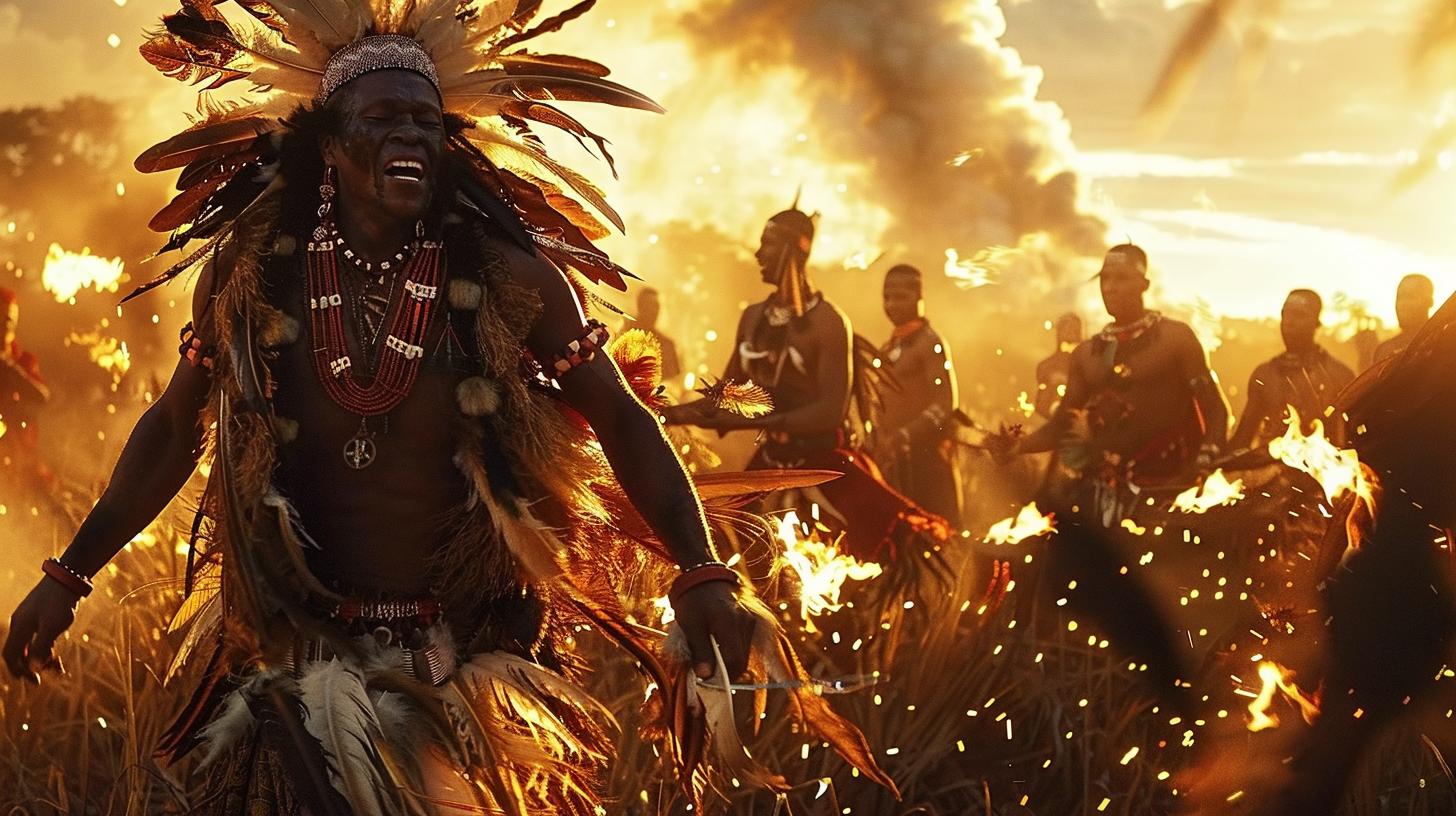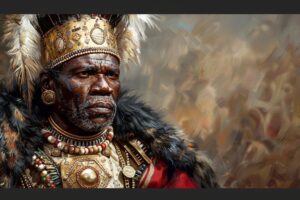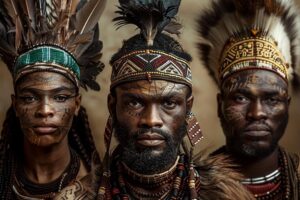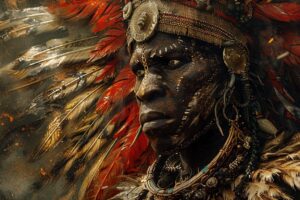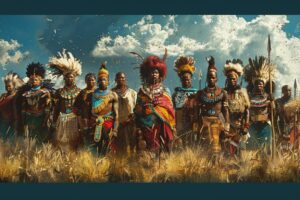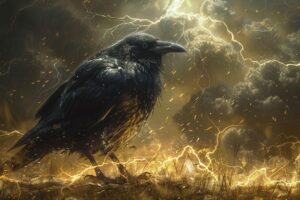Abatwa Mythology: Uncovering the Mysteries of the Zulu People’s Tiny Warriors
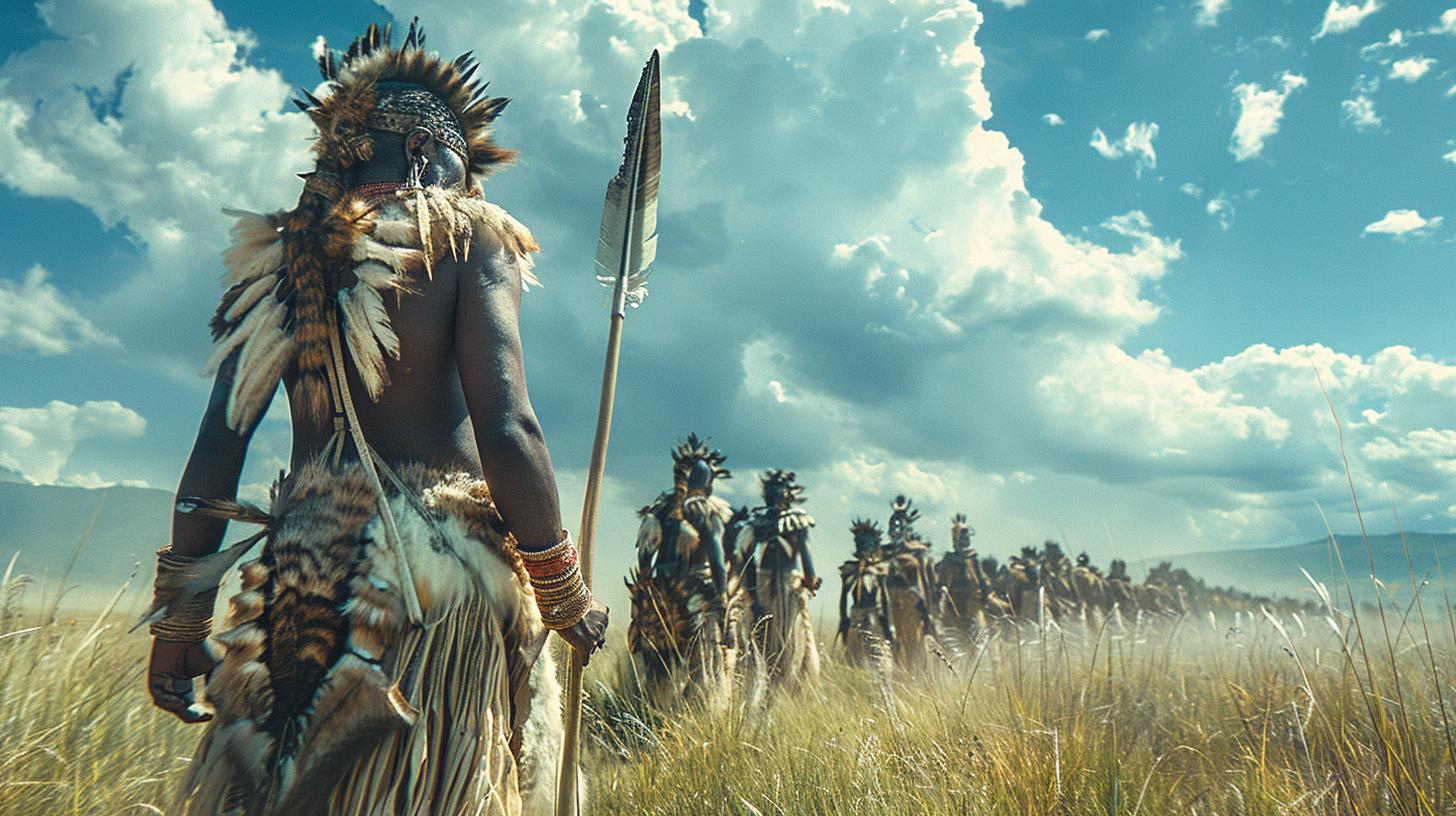
The mythology of Abatwa, tiny warriors from Zulu regions, is a fascinating subject. Legends tell of their hunting skills and invisibility to most. Originating from the tears of a nature spirit, the Abatwa’s stories may have been influenced by encounters with neighboring Bushmen tribes.
Today, their myths continue to captivate audiences, shedding light on African traditions and real-life experiences.
The Origins of Abatwa Mythology
The origins of Abatwa mythology are deeply rooted in the tales of Zulu regions, where stories of the tiny warriors have been passed down through generations. These legends explore the mystical beginnings of the Abatwa, shedding light on their unique existence and connection to the natural world.
The Legend of Vash’Nok
According to Zulu folklore, the Abatwa trace their lineage back to the tears of Vash’Nok, a powerful spirit of nature. It is said that when Vash’Nok’s tears fell to the earth, they transformed into the diminutive beings known as the Abatwa.
This origin story highlights the deep spiritual ties between the Abatwa and the natural world around them.
Influence of Bushmen Tribes
In addition to their mystical origins, the mythology of the Abatwa has also been influenced by encounters with neighboring Bushmen tribes. These interactions have shaped the beliefs and practices of the Abatwa, contributing to their reputation as skilled hunters and warriors in Zulu lore.
The blending of these cultural influences adds depth to the rich tapestry of Abatwa mythology.
Characteristics of the Abatwa
Size and Appearance
The Abatwa are known for their small size, standing only a few inches tall. Despite their diminutive stature, they are agile and quick, able to move swiftly through their surroundings.
Their physical appearance is said to be similar to that of humans, with features proportioned to their small bodies.
Their skin is described as smooth and their eyes are sharp and observant.
Skills and Abilities
These tiny warriors possess remarkable skills in hunting and combat. Their accuracy with poisoned arrows is unmatched, making them formidable opponents despite their size.
- Expert marksmanship with their bow and arrows
- Stealth and agility in the field
- Mastery of tracking and trapping techniques
Cultural Beliefs and Practices
The Abatwa have a deep connection to nature and the spirits that reside within it.
They believe in the power of the land and the elements, conducting rituals to honor and appease the forces that govern their world.
Furthermore, their societal structure is built on respect for their elders and leaders, with traditions passed down through generations to preserve their way of life.
Interactions with Humans
Visibility to Certain Groups
Children and women are said to be able to see the Abatwa, these tiny warriors who remain invisible to most. In Zulu legends, it is believed that children have a special connection to the spiritual world, allowing them to perceive beings like the Abatwa.
Practitioners of Magic
In Zulu culture, practitioners of magic are believed to have heightened senses that allow them to interact with mystical creatures like the Abatwa. It is said that those who possess magical abilities can communicate with and even command these tiny warriors.
Threat of Provocation
While the Abatwa are generally peaceful beings, they are known to be extremely dangerous if provoked. Legends warn against reminding the Abatwa of their small size, as this might lead to a deadly confrontation.
It is crucial to treat these diminutive warriors with respect to avoid any conflict.
Contemporary Representations
Exploring the world of Abatwa through modern media has brought forth new and exciting perspectives on these mythical beings. From comic book adaptations to contemporary literature, Abatwa mythology continues to captivate audiences with its intriguing narratives and magical creatures.
Comic Book Adaptation
Immerse yourself in the fantastical world of the Abatwa through a thrilling comic book adaptation. Witness the tiny warriors in action as they navigate through their unique challenges and showcase their extraordinary skills.
The comic book adaptation offers a visual feast, bringing to life the captivating tales of these mystical beings.
Exploring Abatwa in Modern Literature
Delve into the intricate details of Abatwa mythology through modern literature that offers a fresh perspective on these enigmatic creatures. Discover how contemporary authors interpret the lore of the Abatwa, weaving together ancient myths and modern storytelling techniques to create compelling narratives.
Through modern literature, the essence of Abatwa mythology is brought to life for readers to explore and enjoy.
Significance of Abatwa Mythology
Cultural Intrigue and Continuing Interest
The mythology of Abatwa holds a significant place within African folklore, captivating audiences with its tales of tiny warriors and invisible hunters. Its cultural intrigue stems from its connection to the Zulu traditions and beliefs, shedding light on the rich tapestry of African mythology.
Connection to African Traditions and Beliefs
Abatwa mythology is deeply intertwined with the cultural heritage of African tribes, offering insights into their beliefs about nature, spirits, and the relationship between humans and the supernatural world. The stories of the Abatwa serve as a reflection of the spiritual connection that African cultures have with the land and its mystical creatures.
Evolution of Real Encounters into Mythology
- The evolution of Abatwa mythology from real encounters with neighboring tribes, such as the Bushmen, highlights the transformative power of storytelling. Through these encounters, the tiny warriors became legendary figures, weaving a narrative that blurs the lines between reality and myth.
- As these encounters were passed down through generations, they evolved into elaborate myths that not only entertained but also served as cautionary tales about respecting the power of nature and the spirits that inhabit it.
The evolution of real encounters into mythology illustrates the dynamic nature of folklore and its ability to shape cultural identity.
.

